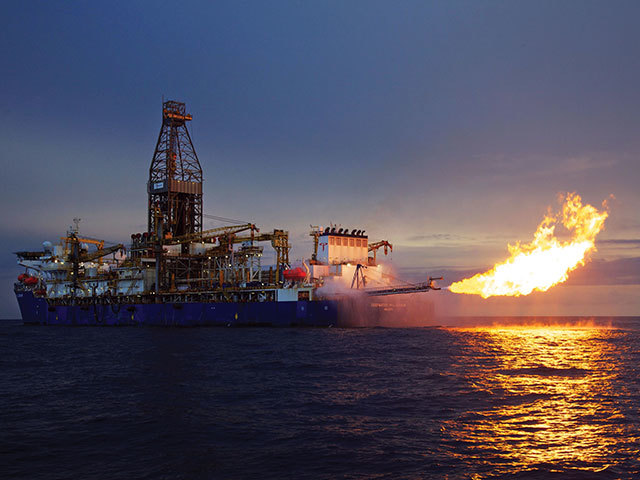
A larger than previously thought share of the world’s hydrocarbons cannot be produced if the world is able to control warming to only 1.5 degrees Celsius.
A new paper on the topic, published in Nature, finds that 58% of oil, 59% of gas and 89% of coal reserves cannot be produced.
Even this figure may still be too high. Achieving this target would have a one in two chance of hitting that 1.5-degree target.
“There’s significant debate around the distribution of production, but it needs to decline,” first author Dan Welsby, of the University College of London’s (UCL) Institute for Sustainable Resources, said.
Stranded gas risks
The authors suggest that oil output peaked in 2019, but there is some further scope for gas to grow. The Middle East will grow exports, it said, while domestic demand in Africa sees growth. There is also some demand in Asia, to compensate for the decline of coal.
While the paper allows for some gas growth, it does warn of stranded assets.
“There is room for Africa to grow to 2030, but there’s a risk that comes post 2030. After that point, there’s a significant decline and potentially a lower utilisation rate,” Welsby said. “It wouldn’t make sense to me to build significant gas infrastructure.”
There are a range of projects going on in Africa, another author at UCL, Steve Pye, said.
There are “real questions” about whether the planned LNG plants in Mozambique and Tanzania will be economically feasible, he said. “The governments need revenues and this looks like a good source. But there are transition risks with that.”
One way to reduce this risk for countries would be for them to invest in ways to “leapfrog” to a low carbon economy, said another author also at UCL, Steve Pye.
One such area might be investments in grid capacity and incentivising low-carbon power developers. “There’s a need to move away from fossil fuels and also meet that huge unmet power demand. Renewable generation poses challenges but it can be done.”
Stacking up the regions
The model combines the costs of production and emissions to determine the trajectory for different resources in different regions. The paper’s analysis does not include fiscal regimes or transportation costs.
The findings therefore provide support for producing areas that are low cost and with a smaller impact on the environment.
As a share of resources, only 31% of the US’ oil cannot be produced, or 21.7 billion barrels. Russia and the former Soviet Union does well, with only 38%, although the amount in barrels is substantially higher, at 57bn.
Canada, on the other hand, has the highest share of resources that must be left behind, at 83%, or 43bn barrels. The country is similarly challenged on its gas resources, with the Nature paper reporting that 81% or 1.6 trillion cubic metres be left in the ground.
The Nature paper also included ambitious targets for emissions removals, covering both carbon capture and storage (CCS) and negative emissions technology, such as plants and direct air capture.
These change “the numbers a little but not much. The carbon budget is so tight there’s so little room in carbon terms. CCS will help but it does have some residual emissions, that’s no good when you need to get emissions down to zero,” said second author James Price.
A quick straw poll of the three academics saw them agree that the Cambo field should not be developed.
“The optics look terrible ahead of COP26,” Price said. It would be wrong, he said, to believe that approval of Cambo would stop another project going ahead elsewhere. “It’s an addition, other producers are not going to close their wells down. It’s additive.”

